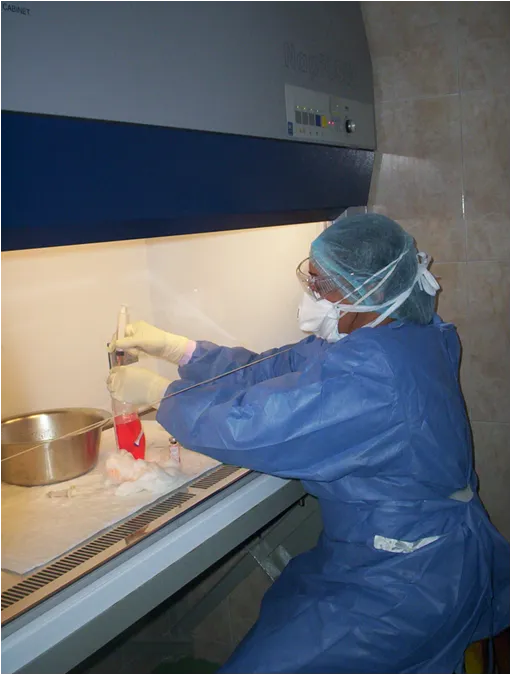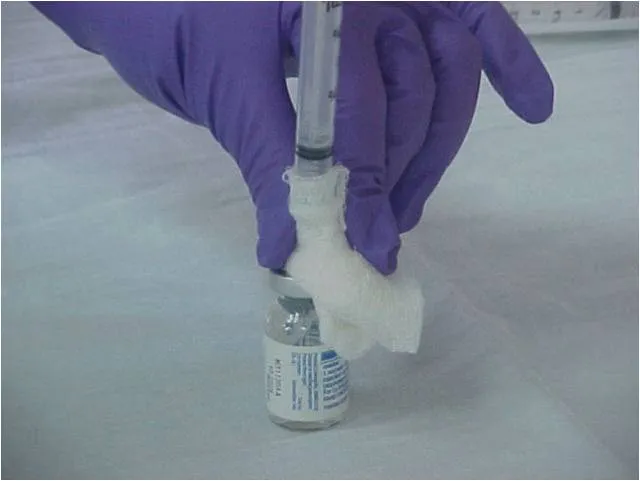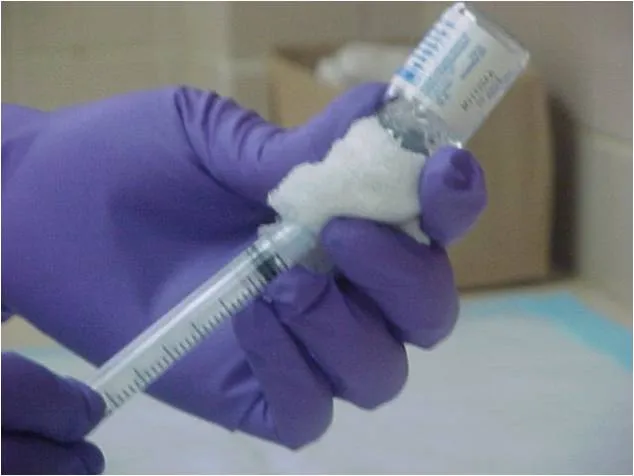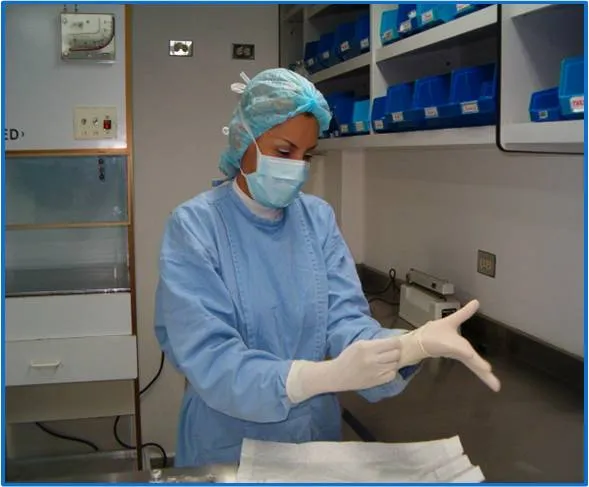Hello dear friends, this time I want to talk a little about cytostatic drugs.

Perhaps for some are not well known, Cytostatic drugs are used to apply chemotherapy in cancer patients, but some of them also have application in other chronic diseases such as lupus, rheumatism, arthritis, etc.
These drugs have characteristics that differentiate them from most, they are used to inhibit the uncontrolled proliferation of cancer cells, but in turn they are highly toxic, they are mutagenic, teratogenic, cytotoxic, carcinogenic.
There are several ways in which we can contaminate ourselves by manipulating and preparing them:
Through the skin if there is a spill.
By ophthalmic route.
By nasal route
Parenterally.
When cytostatic drugs are prepared, they release aerosols, so we must use good handling techniques, protect ourselves with the necessary clothing and use good preparation techniques is the most important thing so that we do not have consequences with unwanted events or with sub-diseases. clinics later.

Since we received the medicines for this to be stored, we must protect ourselves with gloves, masks, caps and sterile gowns, because although this is not open, studies have been carried out where it has been proven that they release aerosols through the packaging. .
When the preparation is carried out, it should be in a vertical laminar flow hood or biological bell (30% circulating air and 70% outside through the Hepa filters through which the aerosols that are detached pass), and an air current that It works as a curtain so that those same aerosols do not reach the operator, it guarantees a good margin of safety. Approximately this should be turned on 30 minutes before starting to prepare and then we put on the clothing to access the preparation area.

Personal protection consists of:
Cap for the head
Plastic lenses closed by the sides.
Mouth masks with proper filter.
Sterile gowns made of a waterproof material, closed at the front, sleeves up to the hands and with cuffs.
Covers shoes.
Sterile gloves free of dust.
In conclusion, working with these drugs leads to exposing us to great risks that depending on the work accident, the type of medication can affect us in a local or immediate way, causing local irritation, dermatitis, ulceration or subsequent skin necrosis, we can avoid it only if we use personal protection and good preparation techniques.

The photos were taken with my cell phone.
